WINTER CYCLING II
By Evan Lee
Riding in the winter months can provide significant benefits for those tired of the indoor trainer or generally longing for summer. With the right clothing and equipment, cycling the dark months away is a great way to stay fit with base miles, keep training motivation high, and see the world from the top of a bike in new and entertaining ways.
clothes make the rider
Did you see last week’s post? It’s the most important ingredient in the recipe for success.
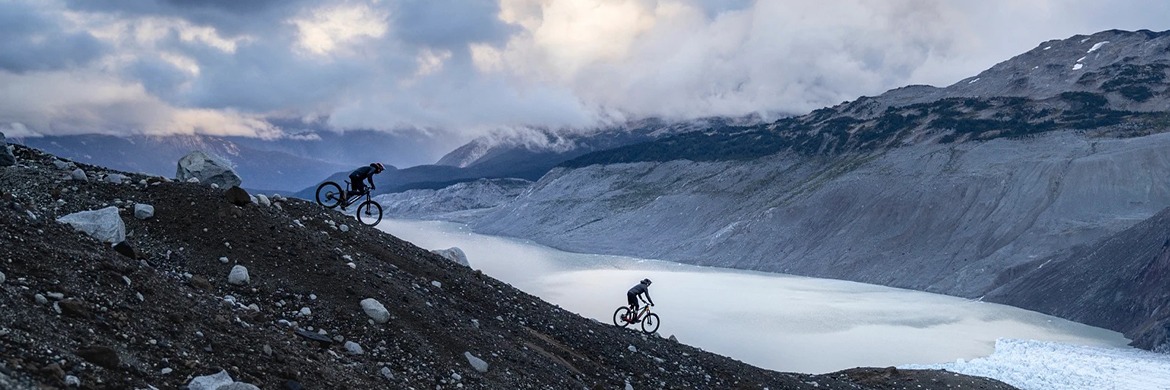
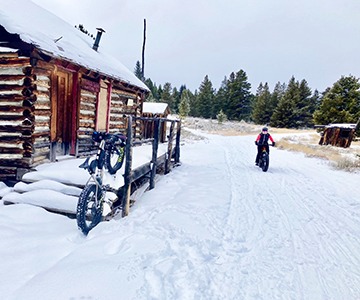
MOUNTAIN BIKES
Remember the first time you saw a fatbike? Those giant squishy tires and super wide rims designed for gliding over snowpacked routes looked like something out of a comic book. Until your first ride. Then it all clicked and made sense.
But not every rider wants to keep a fatbike in their quiver to be ridden just a few months out of the year. So why not just enjoy those winter rides on your mountain bike?
Riding on your favorite mountain bike trails when they’re covered in snow is perfectly fine. You’re not going to damage the trail surface. Many of those pesky rocks and roots will be completely buried. It can be a very refreshing experience to ride your favorite trail when it’s festooned in a fresh snowfall – it will have a completely new personality.
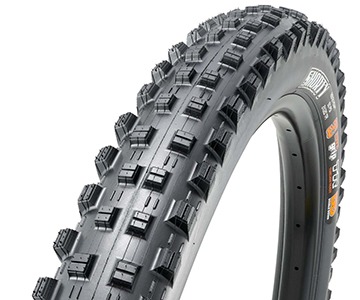
tires
The most significant factor in safety and success when riding snow is your contact with the surface: Tires
With modern rim widths trending larger, and frames and forks enlarged to accommodate them, you can generally run wider tires than you would in summer, as in jumping from a 2.3” to a 2.6” width. Additionally, keeping tire pressure lower than normal will enhance cornering and traction. Aim for the lower number in the pressure range posted on the tire sidewall. This will allow the tire to compress more under your body weight and create a fatter footprint to glide over the snow.
tip
Nevertheless, even with this enhanced traction, you’ll need to be wary of ice. With the solar angles so low, many parts of many trails remain in shade and never fully melt out. For example, there are a few notorious bad spots in the Buffalo Creek system where the trees create shade all winter.
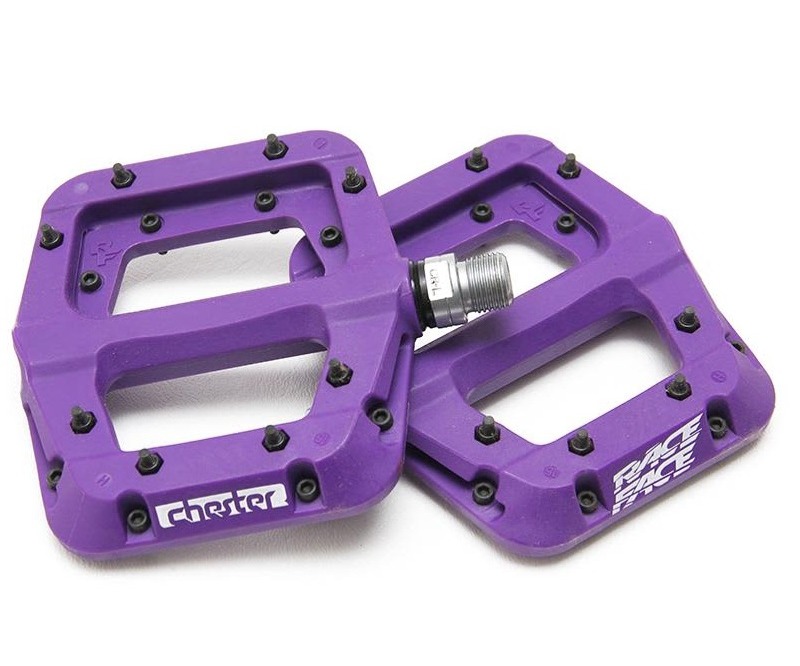
pedals
Many summer mountain bikers who ride clipped in will swap out pedals for winter. You will likely be putting your foot down more frequently as you navigate snowy surfaces, and platform pedals make this way easier.
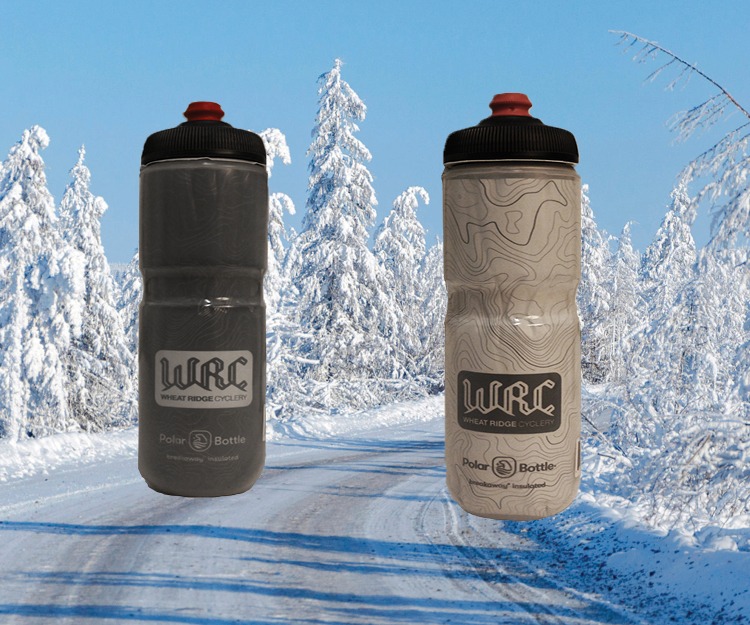
hydration & nutrition
Riding in the cold temperatures will still have you requiring hydration. You may not be sweating and feeling it like in warm temps, but rest assured you are, and you’re going to need to drink. To avoid frozen bottles, use insulated models. If it’s really cold, mix any product you’re using with warm water.
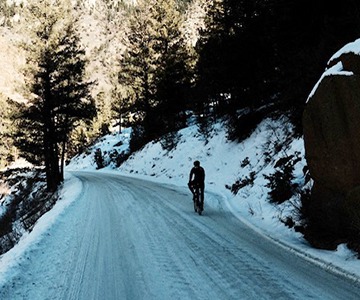
road & gravel bikes
Road riding in the winter can be a magical experience. From commuting to recreation, staying on the bike through the dismal cruel months will keep you motivated, smiling, and avoiding the depressive state that often creeps into a cyclist’s mind in winter. Paved and dirt roads are all there beckoning, so don’t be intimidated by those cold temps. Get out there and discover a whole new way of enjoying the ride.
There are certain considerations that must be addressed, and here are some of the more important ones.
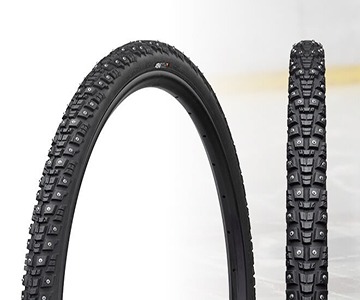
tires
Like mountain bikes, a little less tire pressure will aid in traction enhancement and increased contact patch. Keep in mind that tires lose pressure faster in colder weather so you will need to check pressure more frequently.
If you’re going to be riding frozen roads, consider studded tires.
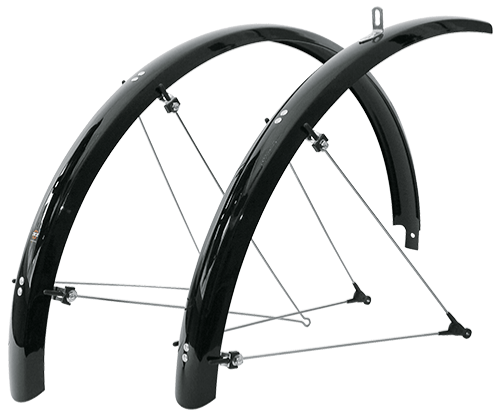
fenders
While the Front Range is famous for having abundant sunshine and unseasonal temperature swings that often melt snow rapidly after big storms, we are currently seeing this is not always the case. Sometimes snow hangs around and melts slowly, making a mess of roads and bike paths.
Fenders are the best way to keep a grime strip off your back, your clothing dry and clean, and most importantly minimize the amount of nasty road grime splashing onto all parts of your bike. You don’t want to drink out of that water bottle that’s got 10 miles of yuck built up on it? Yeah, me neither.
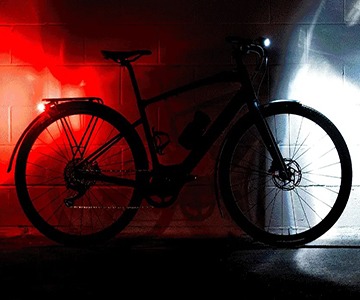
visibility
Daytime running lights on road bikes have been a thing for a few years now, and they’re a distinct safety advantage. They are even better in winter, especially on flat light days. Lights are particularly important for the commuter making their way to and from their destination in the dark. Reflective bits on your clothing are also recommended.

safety hazards
When road surfaces are wet, road marking paint can get very slippery. Be careful when crossing them, especially if you’re turning, and simply try to avoid them whenever possible. Same goes for manhole covers and other obstacles in the road surface.
so, what're ya waitin' for?
The majesty of winter from the saddle of your bike awaits. Get out there and reap the benefits of higher caloric burn, enhanced positivity, and the knowledge that these cold weather base miles will pay off heavily come season.
